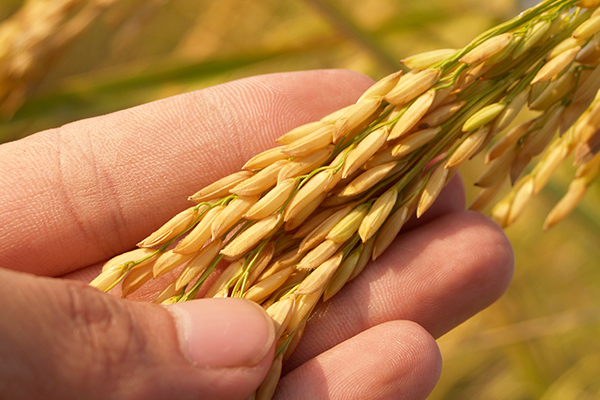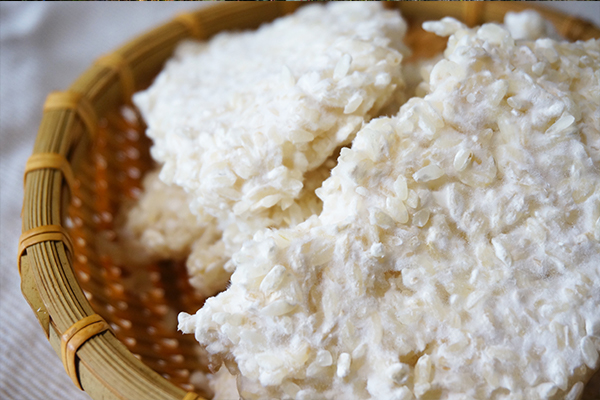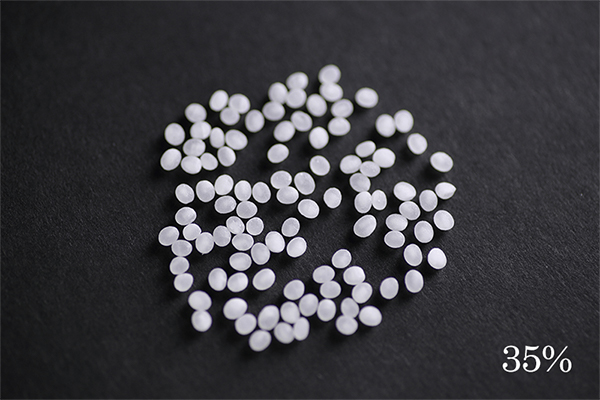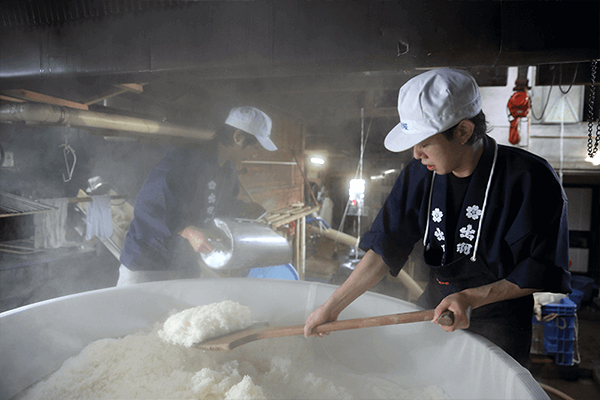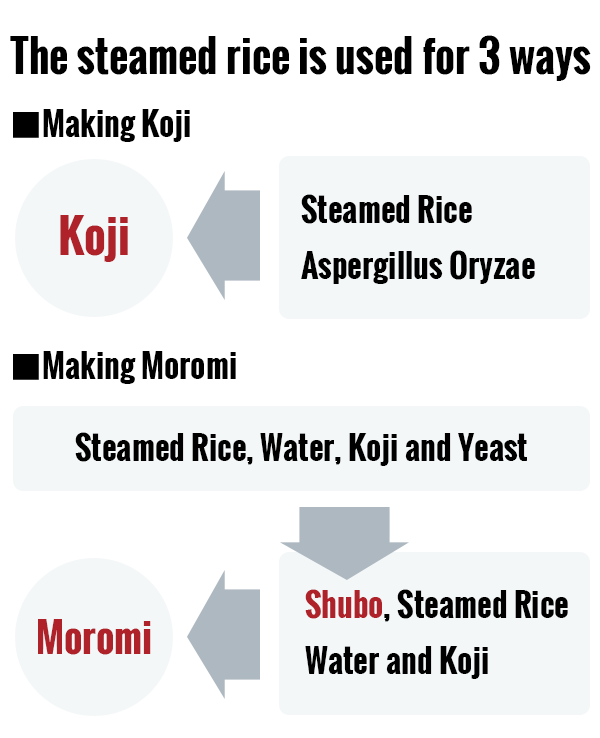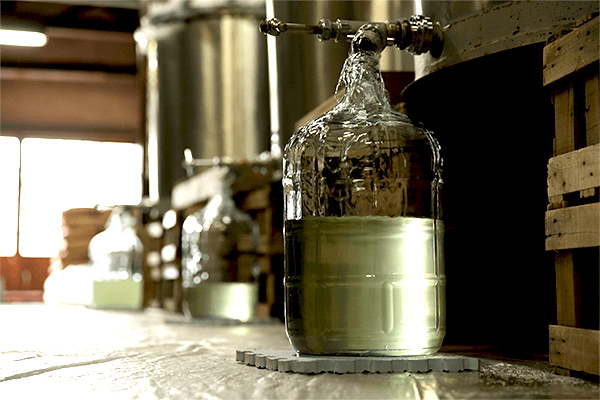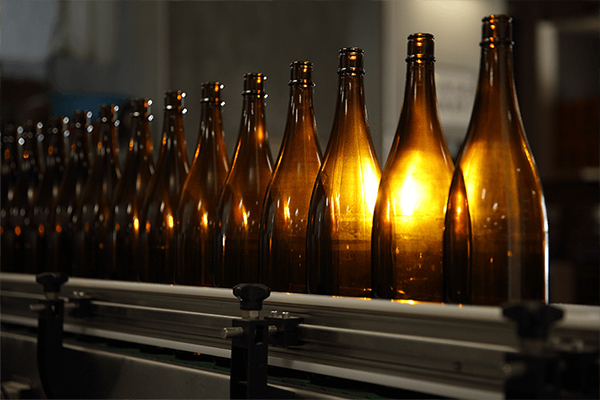What is Japanese Sake?
sa·ke /ˈsäkē/
A Japanese alcoholic drink made from fermented rice.
Unlike wine, sake is free of sulfites and sake has five times less acid, so it is easier on your stomach. Sake also has no congeners and is gluten free.
HISTORY OF JAPANESE SAKE
While the drink can be traced back to China over 4,000 years ago, Wet rice cultivation was introduced in Japan around 300 BC. In the same time frame sake was created for the first time. Over the centuries the process of making sake has changed in many drastic and some subtle ways.

